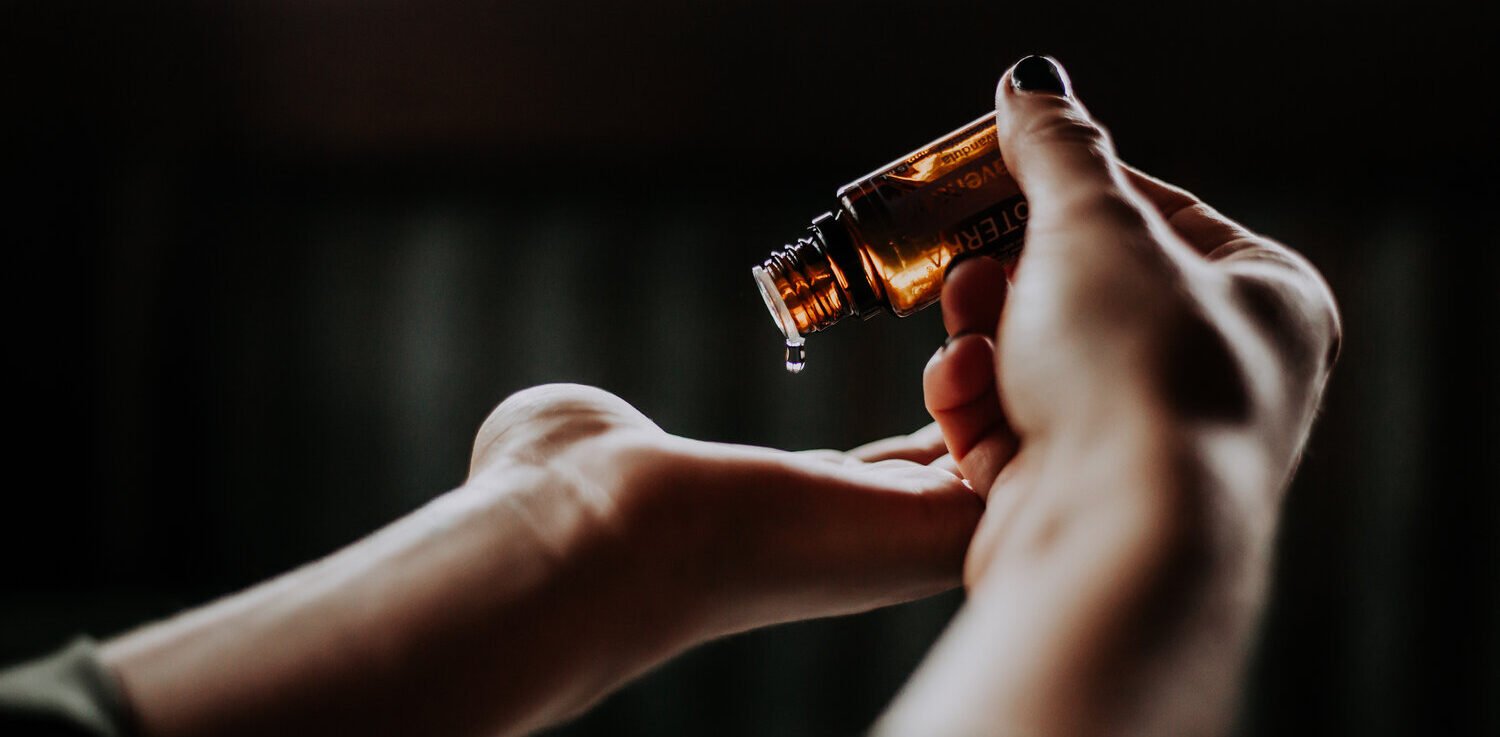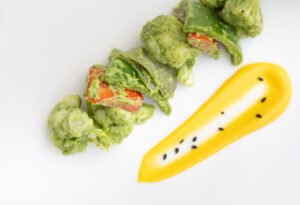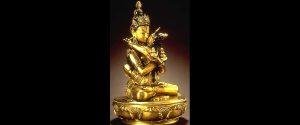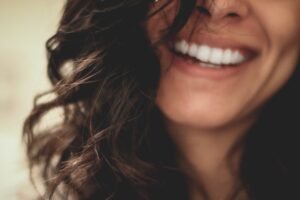Abhyanga (Abhi =all over, anga=body) snana (bath) is an Ayurveda ritual massage therapy to warm up muscles, loosen trapped endogenous toxins, and improve circulation. Abhyanga oils maybe edible grade plain or made from a recipe for deeper healing.
Abhyanga massage maybe professionally offered at an Ayurveda center where skilled masseuses offer this as a healing therapy or followers of an Ayurveda lifestyle practice this as part of their daily bathing ritual.
Shiro Abhyanga, massaging the head, is part of Abhyanga. In Shiro Abhyanga we massage the scalp with herbal oils for improved circulation and lymphatic drainage.

RECIPES FOR ABHYANGA MASSAGE
Abhyanga may be done by many different kinds of unctuous liquids including milk, muscle fat, herbal extracts, and herb-infused medicinal oils, however taila-abhyanga, massage with oils, is most widely practiced.
The oils used for Abhyanga depend on the region and climate. In the North of India, mustard oil is commonly used, in the South of India Sesame and Coconut are the oils of choice.
Do you suffer from inflammation and lack of sleep? Do you feel like your food takes forever to digest? Do you often feel stressed and your skin is beginning to look dull? Then regular Abhyanga massages will benefit your body to come back to health.
A royal recipe for Abhyanga oil is a tablespoon of equal parts of crushed cardamom, clove, bay leaf and cinnamon warmed up in a cup of Sesame oil and allowed to cool.
A few strands of Saffron and a gold coin can be added to this recipe for glowing vibrant skin.
This is a good recipe for a Vata body type.
If you are a Pitta body type, use coconut oil as a base oil.
If you are a Kapha body type use almond oil as a base.
(Don’t know your body type? Take this 2 minute FREE Ayurveda dosha type quiz)
Neelabhringadi is a good Abhyanga oil recipe for most scalp ailments.

What is Abhyanga self massage and how does it fit into Ayurveda?
Abhyanga is a daily ritual most highly recommended in Ayurveda, the science of life from ancient India Abhyanga (abhi-all over, anga – body) is the Sanskrit word for vigorously massaging the body with an unctuous oil.
Abhyanga is a Snehana or Oleation lubrication therapy to counter Vata dryness and to open the subtle and gross channels of the body. Snehana literally translates to “loving”. Applying oil on our body is a self-loving ritual.
Those who follow an Ayurvedic lifestyle perform a self Abhyanga as a beautifying fortifying daily practice.
Abhyanga performed by skilled masseuses is a deeply relaxing massage offered along with steaming or Svedana therapy to loosen the toxins within the body and to ready the body for a Panchakarma cleansing program.
How & where did abhyanga oil massage originate from?
Oiling the body prior to bathing is an ancient cleansing method. To anoint with oil is possibly the oldest sacred ritual known to man that marks honor, benediction, and affection.
Ancient Romans were known to liberally apply a mix of oil and ash in lieu of soap prior to bathing. Entire chapters are dedicated to the benefits of internal and external Snehana or oleation therapy in the “Natural History of Pliny”.
Sesame oil from India is mentioned as a medicine!
Ayurveda is a sub Veda of Atharva Veda, the fourth and last Veda which outlines and describes in minute details all practical matters concerning a long successful prosperous life as a human.
Centuries before the Vedas were written down sometime between the Bronze and Iron Age, the knowledge was passed down orally from generation to generation among the communities that practiced each craft, whether they be priests, physicians, artists or administrators.
Not much is known about the original authors but by attributing the Vedas to Gods, the sage scientists who were the authors of these immense volumes secured their position as the highest and the most revered source of knowledge for all time.
Why should people consider trying Abhyanga snana?
Abhyanga snana is a youth elixir masquerading as a simple, easy ritual.
By practicing a daily abhyanga or even a weekly abhyanga one notices improvements in the body, psychology, and energetic body.
Anyone after 40 years of age must consider an Abhyanga to alleviate the age-related Vata dosha that sets in.

Here are the benefits you will begin to see after a week of regular Abhyanga:
~Vata dosa disturbances calm down and help prevent Vata diseases like weakness, bone density, joint degeneration.
~removes fatigue and improves stamina
~improves athletic ability
~sleep gets deeper and more restful
~hunger and digestion improves
~the body eliminates better
~skin, the largest organ, stays youthful, blemish-free and supple.
~the body recovers faster from bumps and small injuries
~eyesight improves and stays sharp till old age especially if the head, feet, and ears are massaged daily along with the body.
~Aging is delayed
~improves life span and keeps the body functioning till death.
~focus and attention gets better
~circulation and lymphatic drainage improves
~rest and digest state is achieved
~improves muscle tone and defines the shape
ABHYANGA MASSAGE BENEFITS IN CLINICAL AYURVEDA
Nithya (daily) Abhyanga is Rasayana (medicinal rejuvenation therapy) to kick start the body’s latent healing power by activating the Marma (Meridien) points.
Ama, endogenous toxins, are loosened and made accessible to the organs to capture and eliminate through sweat, feces and urine, tears, saliva, etc.
Subtle energy channels or Srothas lose their kinks and free up to circulate prana halting the progress of a physical manifestation of the disease.
Abhyanga moves the body from a state of imbalance to equilibrium, from stress response to ease, from blockage of Ama (endotoxins) to free circulation.
Ancient medicine and bathing rituals were perfected to reconnect the mind-body and soul on a daily basis, to awaken spirituality, to bring about a state of appreciation and compassion.
As we hurry through life and are distracted by our devices, these simple practices offer us pleasurable tools to reconnect to ourselves.
How do you do this practice? Technique, frequency, specific body parts to focus on, special oil recipes, useful tools, etc.
Plan to do an Abhyanga every day or at least once a week.
Oils may be warmed however care must be taken to apply only body temperature oil on the scalp.
Create an outdoor or indoor space with ventilation and slippage protection to begin the practice.
Using a palmful of your favorite oil, begin with the legs or arms on the left side.
If starting with the legs, apply oil in the anuloma (away from the heart) stroke all the way from the upper thigh to the knees.
Use both palms and apply firm pressure applying the oil in one long stroke. For the next stroke go the Pratiloma (towards the heart) direction.
Repeat the strokes all around the front and back of the upper legs till the skin warms up and the oil is absorbed.
Now move to the lower leg, applying oil in a long stroke away from the heart, towards the feet followed by a long stroke towards the heart in the direction of the knee.
Apply oil in a circular motion over the knee, always taking care to cause no harm or pain.
After both legs are massaged move to the arms, applying oil in long, firm strokes away and towards the heart till the friction creates a pleasant warmth.
Then apply to the head and face, as Shiro Abhyanga, massaging in circular motions on the scalp, gently pinch and pull the ears. Apply a few drops of oil in the ear cavity only if the ear is healthy, free of pain, inflammation, or any kind of discomfort.
Apply the oil to the stomach, breasts, and buttocks in a circular motion, using generous oil to coat the navel.
Apply oil on the upper and lower back using the right hand for the left shoulder and down and the left hand for the right shoulder and down.
Finally, apply oil to the perineum and the genital area finishing with the anal region. This is done only when doing self-abhyanga.
Reserve 5 to 35 mins for massaging the body. It takes at least 5 minutes for the essence of the oil to penetrate through the body’s layers and reach the bones, strengthening and fortifying them.

How do you choose the right Abhyanga oil for you and your dosha?
Food grade cold-pressed Organic Sesame oil and cultured Ghee is good for Abhyanga for all doshas.
Coconut oil is good for Pitta however do not use it when the outside temperature is cold and coconut is naturally frozen.
Use light oils for Kapha like Apricot, Jojoba, Almond oil, etc.
Food grade organic mustard oil is excellent for cold winters for those of Kapha Prakriti, however, do not apply on the face and near the eyes.
For therapeutic purposes, Ksheerabala taila is a good medicated oil for Vata dosha. Mahanarayana is another suitable oil for Vata body types.
Pinda taila is excellent for Pitta and Asanavilvathi and Chinchadi oil for Kapha dosha works well.
Is dry brushing the same as Abhyanga Massage?
Dry brushing is not Abhyanga, it is classified as an exfoliant therapy which is offered before an Abhyanga.
In traditional Kerala Ayurveda, Garsana or exfoliating therapies are called Udhwarthanam.
Udhwarthanam is done with coarsely powdered sweet spices and herbs. This is offered only at Ayurveda centers.
Some points to keep in mind:
~If you have really old plumbing that tends to get clogged, it is best to wipe off all the oils well before getting into the shower for a warm bath. A thin clean cotton rag, microfiber, or paper towel works well. Toss these oily fabric towels in a hot wash with Borax to clean.
~ If you are an extreme Vata use soap only in the armpits and privates.
~ Spread an old towel in the bath area to avoid slipping if massaging the feet.
The perfect time for Yoga and exercise is right after an Abhyanga. Traditionally wrestlers in India get into the arena to practice right after a full body Abhyanga.
What are some contraindications of Abhyanga self massage?
Abhyanga must never be done when recovering from a cold, fever, flu, sinusitis, excess of Kapha or mucus in the body, swelling edema, indigestion, diarrhea, painful period, etc.
During pregnancy and postnatal care, special kinds of Abhyanga is offered to the mother and baby, it is better to take the help of a professional or an experienced elder.
Dhanvantaram tailam is used for caring for pregnant and new mothers Abhyangam.
Medical Review: Dr. Aparna K, MD Ph.D. Ayurveda of One World Ayurveda, Bali has provided the inputs regarding therapeutic benefits and application of Abhyanga as a medicine.





Thanks for sharing excellent information. Your web-site is very cool. I’m impressed by the details that you have on this web site. It reveals how nicely you perceive this subject. Bookmarked this web page, will come back for more articles.
Great post. I’m a regular visitor of your blog and appreciate you taking the time to maintain the excellent site. I’ll be a frequent visitor for a really long time.